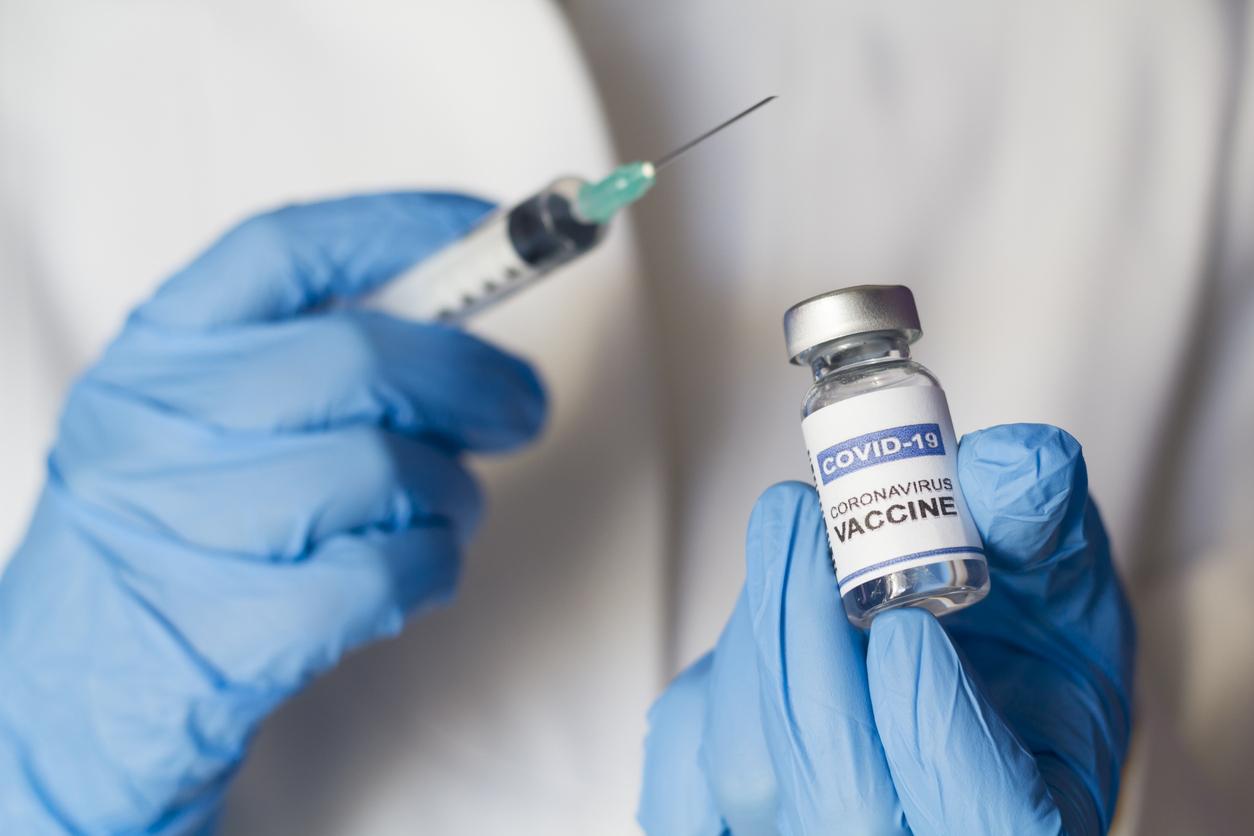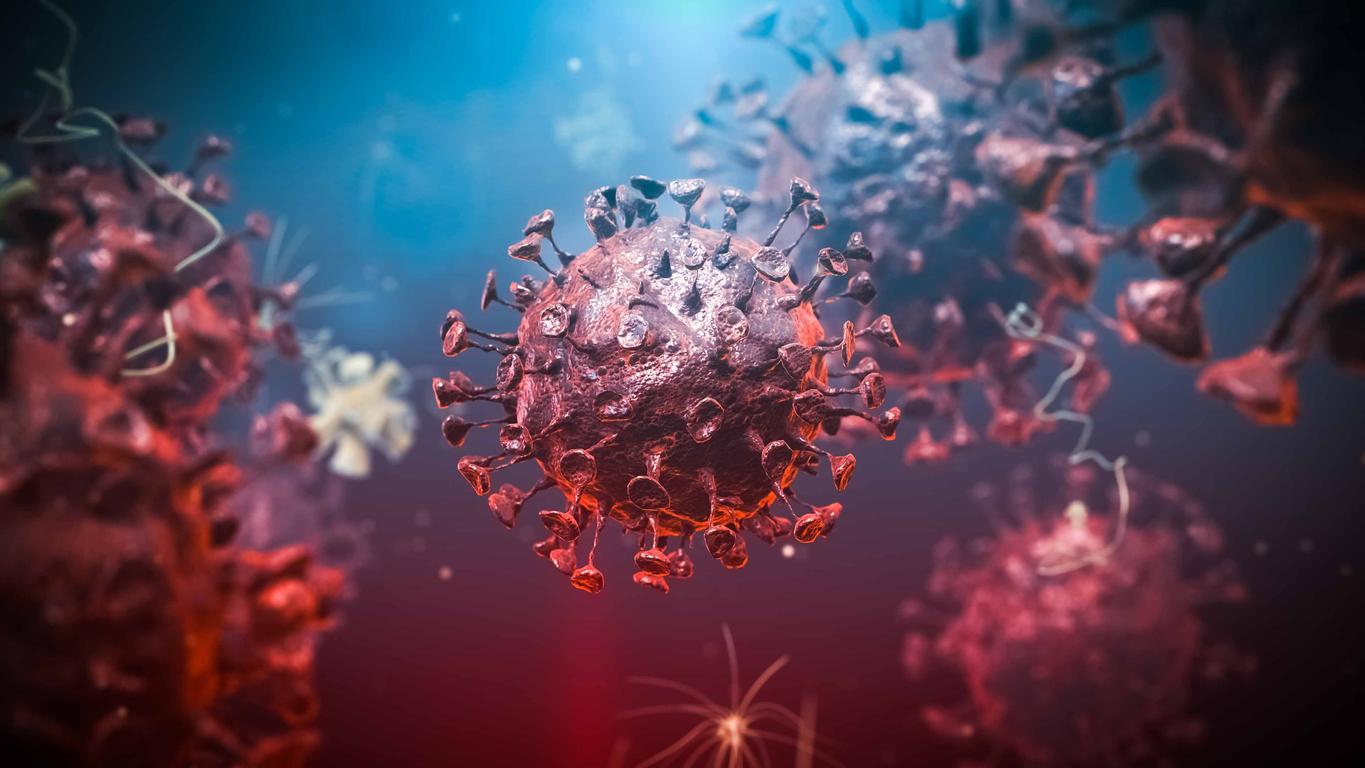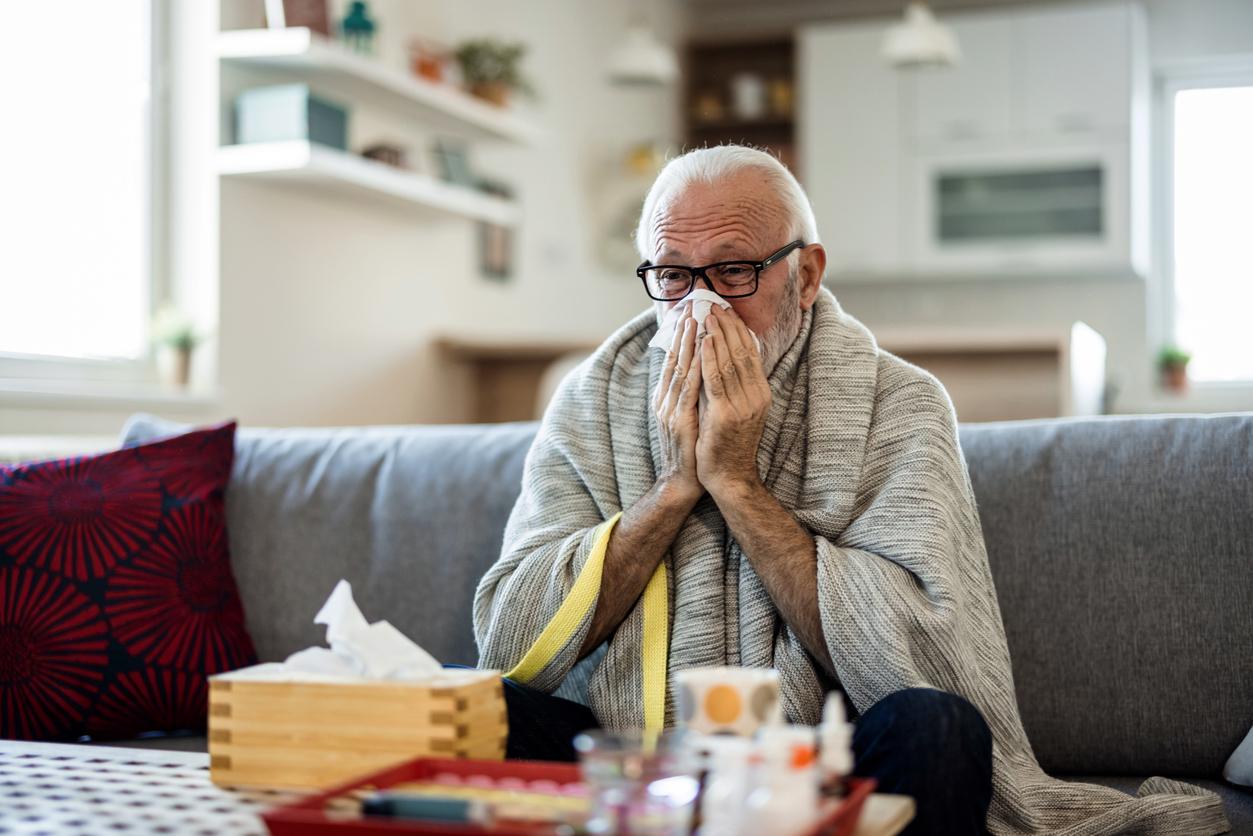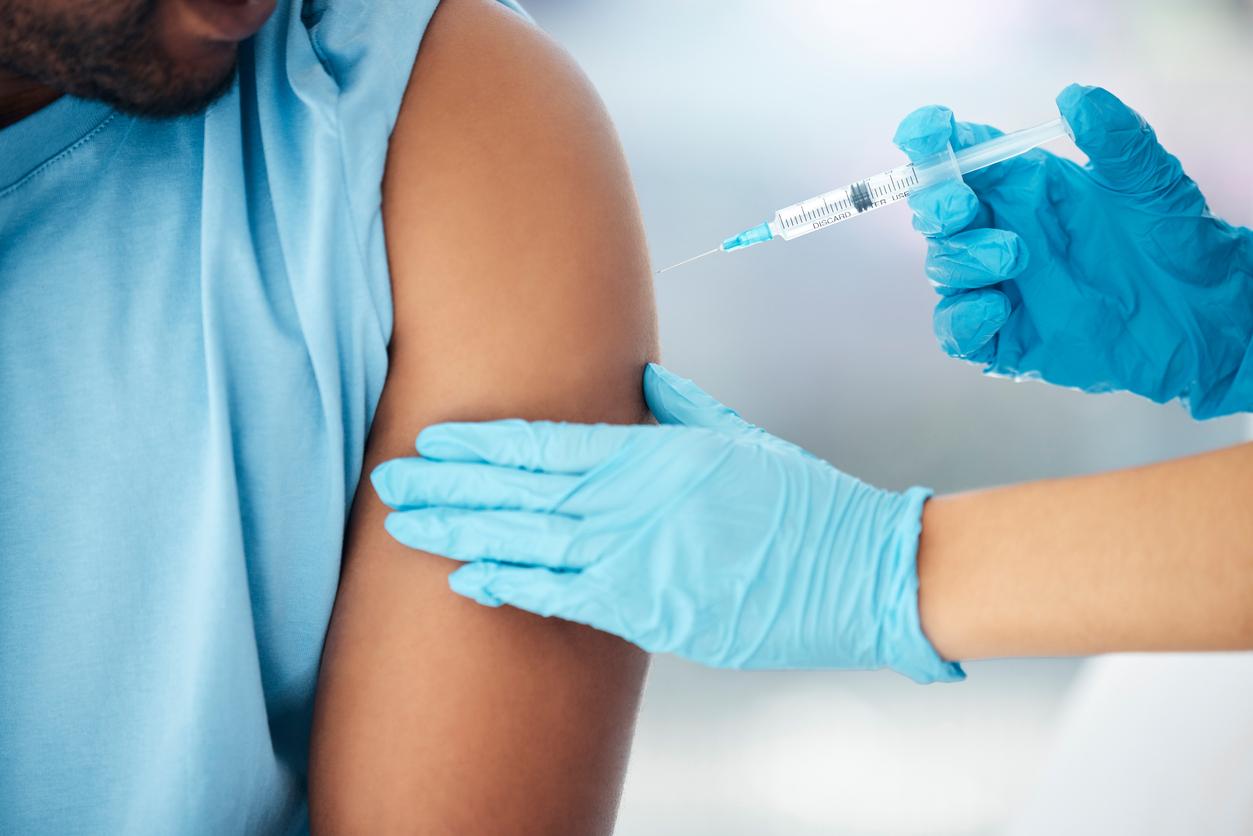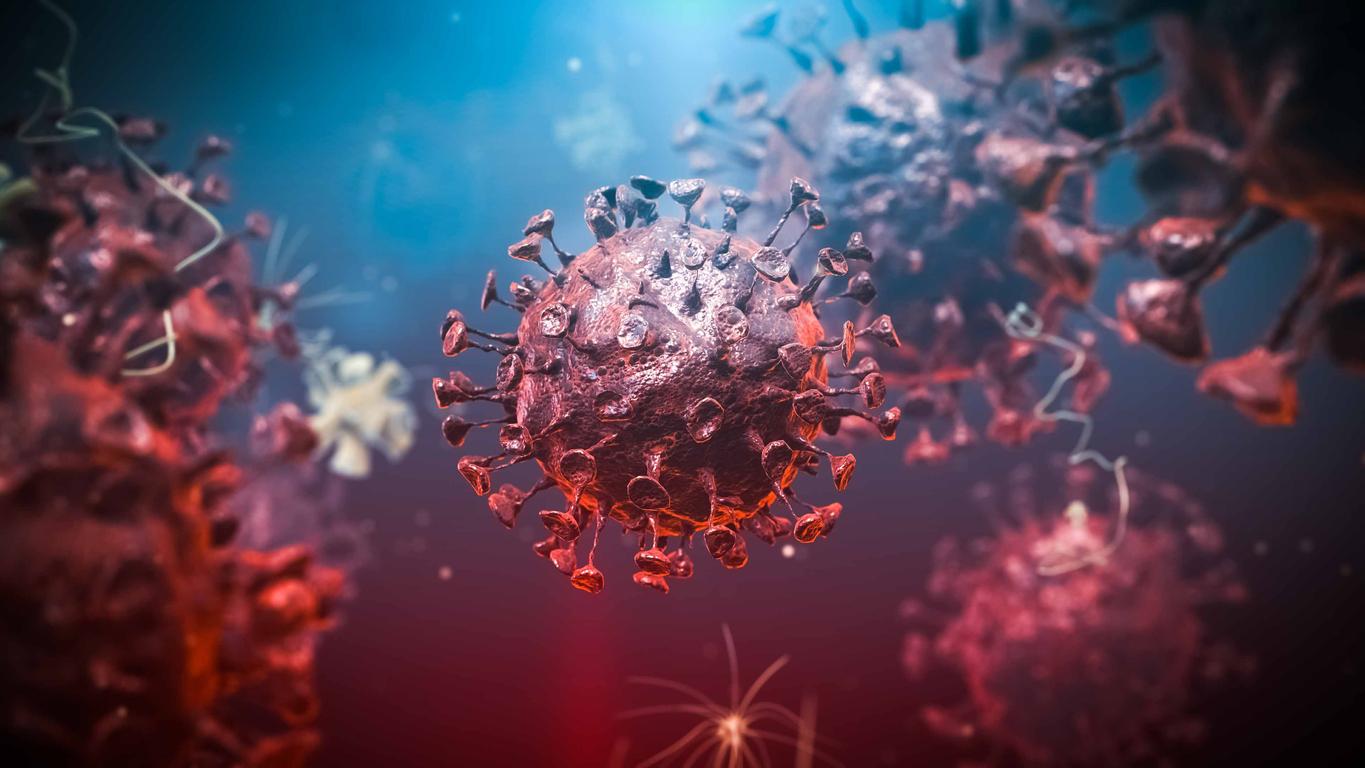Scientists have managed to lure the SARS-CoV-2 virus and neutralize it using extracellular vesicles. An interesting treatment track against Covid-19.
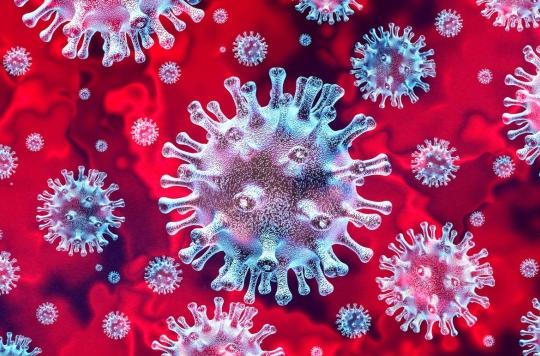
- Vesicles carrying the receptor on which the Spike protein acts could easily be used in local treatment against Covid-19.
- Vesicles carrying the receptor on which the Spike protein acts could easily be used in local treatment against Covid-19.
French researchers have just created a biological decoy that would inhibit Sars-CoV-2, by isolating extracellular vesicles* in vitro.
SARS-CoV-2 is the infectious agent responsible for the Covid-19 pandemic. Virus entry into host cells is facilitated by the interaction of the spike (S) protein on the surface of SARS-CoV-2 with angiotensin-converting enzyme 2 (ACE2), a cell surface receptor of the human body. The idea was therefore to “trick” the virus by opposing it with false ACE2 receptors.
“We postulate that angiotensin 2 may be present on the surface of extracellular vesicles (EVs), which may translate to better efficiency as a decoy to capture SARS-CoV-2,” write the authors of the study in the preamble.
Extracellular vesicles trap the virus
Based on this premise, the researchers produced extracellular vesicles exposing angiotensin 2, and demonstrated “that VE-ACE2s are effective decoys for SARS-CoV-2 protein S-containing lentivirus”. In other words, the extracellular vesicles trap the virus and prevent it from attaching itself.
“The vesicles that we have isolated serve as a decoy to the SARS-CoV-2 virus and neutralize it. They could therefore be easily used in local treatment against Covid-19. We must complete our results with additional studies but we intend to continue and deepen this new and unique therapeutic avenue”, declared on Futura-Sciences Clotilde Théry, director of research at Inserm.
*Extracellular vesicles (EVs) are attracting increasing interest due to their ability to transfer biological content between cells. The EVs, emitted in the extracellular space, circulate via the various fluids of the organism and locally or remotely modulate the responses of the cells with which they have interacted.
.








